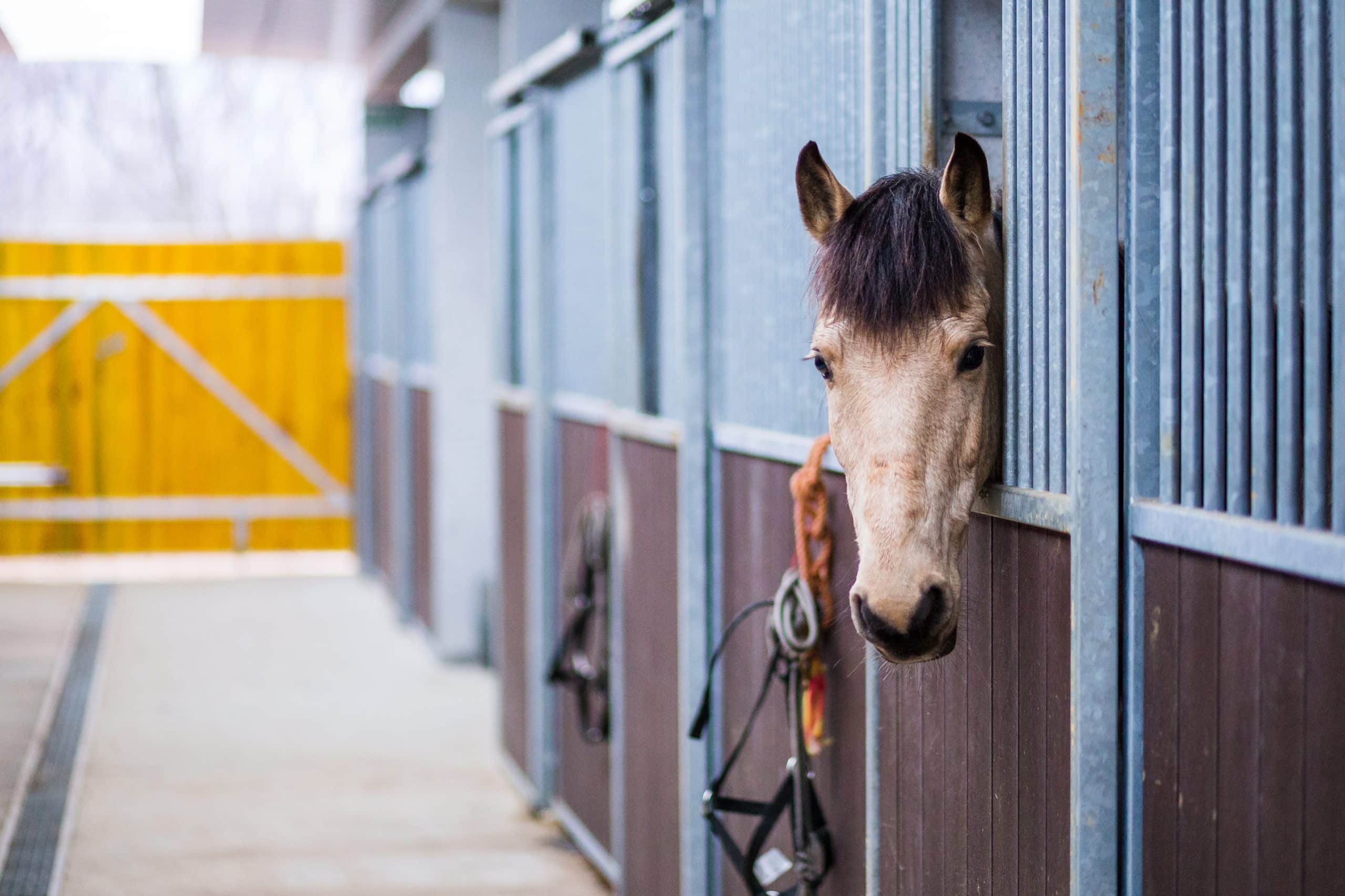In the world of equestrian sports, riders are athletes in their own right. They must possess not only a deep understanding of the horse’s behavior and riding techniques, but also a high level of physical fitness. One of the crucial areas of focus for equestrian athletes is the core. It is the powerhouse of the body, providing stability, balance, and strength. It also plays a pivotal role in maintaining a correct riding position and controlling the horse. One of the most effective tools to enhance core strength and stability is a stability ball. Let’s delve deeper and explore the best stability ball exercises for core strengthening in equestrian athletes.
Recognizing the Importance of Core Strength in Horse Riding
Before we delve into the exercises, it’s important to understand why core strength is so vital in horse riding. A strong core is the foundation of a stable and balanced riding position. It helps absorb the movements of the horse, maintain an upright position, and avoid unnecessary tension in the body.
Cela peut vous intéresser : How Does the Use of Weighted Balls in Training Influence Pitching Speed in Softball?
When you ride a horse, you are engaging practically every muscle in your body. The core muscles – those surrounding your lower torso, including your abdomen, hips, and lower back – are especially engaged. They are the ones that help you maintain your balance on the horse, handle unexpected movements, and control the horse’s direction and speed.
Working on your core strength can dramatically improve your riding skills. Not only will you be able to maintain a better position on the horse, but you will also have greater endurance and be less likely to suffer from back pain and other riding-related injuries.
A lire aussi : What Are the Psychological Techniques to Enhance Team Dynamics in Sailing Crews?
Using a Stability Ball for Core Training
A stability ball, also known as an exercise ball or balance ball, is an excellent tool for core training. Due to its unstable nature, it forces your body to engage multiple muscles to maintain balance. As a result, it provides a comprehensive core workout, targeting the muscles often overlooked in traditional exercises.
While many types of fitness equipment can help improve strength and balance, the stability ball has unique advantages. It’s affordable, versatile and can be used anywhere, making it particularly suitable for home workouts. Moreover, it mimics the motion of riding a horse, allowing you to practice stability and balance in a similar context.
Top Stability Ball Exercises for Equestrian Athletes
What are the best exercises equestrian athletes can do with a stability ball? Here are a few that will significantly enhance your core strength and stability.
-
Stability Ball Plank: Lie face down on the ball and walk your hands out until the ball is under your shins. Your body should form a straight line from your head to your heels. Hold this position for as long as you can, aiming for at least 30 seconds. This exercise engages your entire core, along with your shoulders and legs.
-
Stability Ball Leg Lifts: Sit on the ball and walk your feet forward until your lower back is on the ball. Your body should form a straight line from your knees to your chest. Slowly lift one leg off the floor and hold for a few seconds, then switch to the other leg. This exercise primarily targets the lower core and hips, mimicking the leg movements in horse riding.
-
Stability Ball Twist: Sit on the ball and roll down until your lower back is resting on it. Place your hands behind your head and lift your chest towards the ceiling. Rotate your torso to one side, pause, then rotate to the other side. This exercise works the oblique muscles, enhancing your ability to turn and move your torso while riding.
With these exercises, it’s important to focus on form rather than speed. Take your time and aim for smooth, controlled movements. If you find an exercise too challenging, adjust it to match your current fitness level. Remember, consistency is key in achieving and maintaining core strength.
Incorporating Stability Ball Exercises into Your Training Routine
Incorporating stability ball exercises into your training routine doesn’t have to be complicated. You can either dedicate specific days to core training or include a few core exercises in your overall workout routine. Aim for at least two to three core training sessions per week, each lasting about 20 to 30 minutes.
Remember, it takes time to develop core strength. Be patient with yourself and track your progress. You’ll likely notice improvements in your riding skills as your core becomes stronger and more stable.
In summary, core strength is critical for equestrian athletes, and a stability ball can offer an effective way to improve it. Incorporating stability ball exercises into your training routine can lead to significant improvements in your riding position, balance, and overall performance.
The Role of a Personal Trainer in Core Training for Equestrian Athletes
Engaging the services of a personal trainer can be a game-changer in the quest for core strength and stability. A qualified personal trainer with an understanding of the demands of horse riding can design an effective, tailor-made stability ball routine to meet your needs. They can guide you through each exercise, ensuring your form is correct and you’re engaging the right muscles.
A trainer’s expertise can also help you avoid injury which could stymie your progress. They can provide modifications to exercises to cater to any pre-existing conditions or limitations you may have, ensuring that your core training is safe and appropriate for you. They also can adjust the difficulty level of your routine as your strength improves, providing you with a progressive challenge that keeps your core muscles growing stronger.
Furthermore, they can offer advice on other aspects of your fitness such as diet, weight loss, and functional training, to complement your core exercises. This kind of holistic approach can optimize your overall rider fitness, enhancing not just your riding skills, but your health and wellbeing.
The Connection Between Core Stability and Horse Care
While core stability is primarily about improving the rider’s performance, it also has implications for horse care. A stable, balanced rider is less likely to negatively impact the horse’s movements. When the rider has a strong core, it reduces the horse’s need to compensate for imbalances, which can reduce the risk of injury or discomfort for the horse.
For instance, if a rider is leaning too heavily on one side, the horse has to adjust its balance to compensate. This can result in the horse straining its muscles, potentially leading to injury over time. Similarly, a rider with insufficient core strength may bounce in the saddle more than necessary, causing discomfort to the horse.
In essence, a well-conditioned rider not only enhances their own performance but also contributes to the welfare of their horse. Thus, core stability can be seen as an essential aspect of responsible horse care.
Conclusion
In conclusion, the connection between core stability and equestrian athletics cannot be overstated. Using a stability ball, or Swiss ball, for targeted exercises can significantly enhance the rider’s balance, control and endurance. This in turn can improve not only their riding skills but also their horse’s wellbeing, elevating the equestrian partnership to new heights.
Whether you’re just starting out or are a seasoned equestrian, incorporating stability ball exercises into your training routine can yield substantial benefits. Remember, the key to success is consistency. With patience and perseverance, you can progressively build a stronger, more stable core that can transform your riding performance.
So, why not grab a stability ball and start working on those core exercises? With each plank, leg lift, or twist, you’re not just training your body – you’re enhancing your equestrian style, improving your horse care practices, and investing in your riding future.











